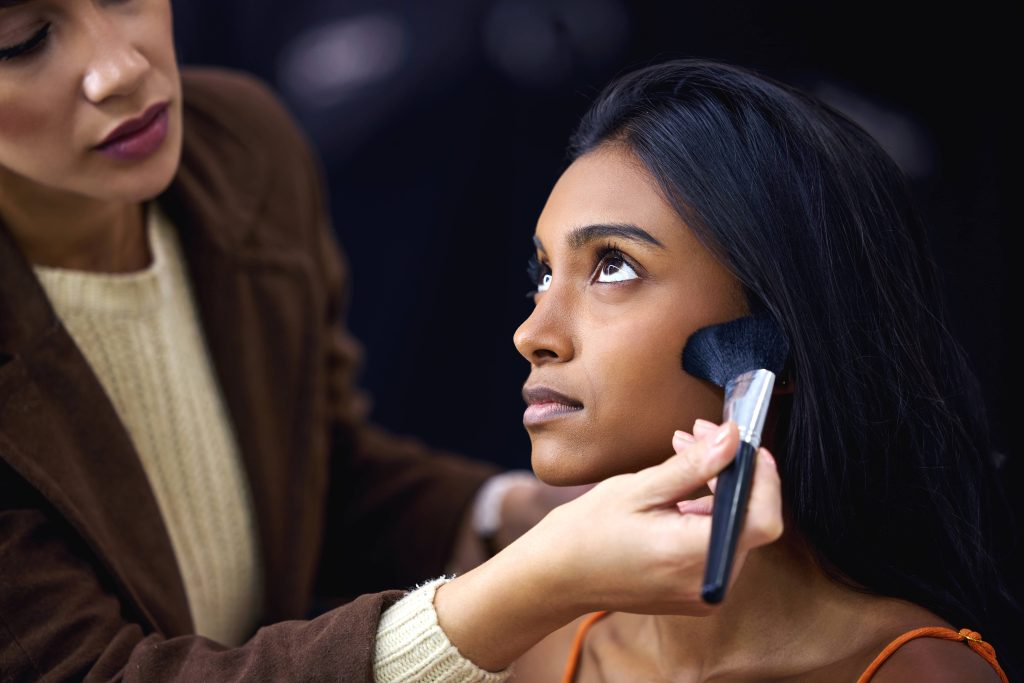
If you’re all about keeping your hair healthy and vibrant, you’ve probably faced the pesky problem of split ends. Split ends can be a constant frustration, making your hair look dull, frizzy, and unhealthy. But fear not! In this blog post, we’re diving deep into the world of split ends, exploring what causes them, and most importantly, how to manage and prevent them effectively. Whether your hair is curly, straight, or somewhere in between, these tips will help you maintain beautiful, healthy locks.
Understanding Split Ends
Split ends, scientifically known as “trichoptilosis,” occur when the protective outer layers of your hair cuticle become damaged and begin to peel away. This damage can cause the fiber in the hair shaft to split, leading to a frayed end. The most common causes of split ends include:
– Heat Styling: Regular use of hair dryers, straighteners, and curling irons can weaken the hair, leading to split ends.
– Chemical Treatments: Coloring, perming, and relaxing can alter the hair’s natural structure, making it more susceptible to damage.
– Environmental Factors: Exposure to sun, wind, and extreme weather conditions can make hair brittle.
– Mechanical Stress: Vigorous brushing, combing wet hair, or tight hairstyles can cause physical damage to hair strands.
– Lack of Moisture: Dry hair is more prone to splitting as it’s less flexible and more likely to break.
Effective Ways to Manage Split Ends
Managing split ends requires a multifaceted approach that combines good hair care habits with preventative strategies. Here’s how you can maintain the health and beauty of your hair:
Regular Trimming
The most effective way to deal with split ends is to prevent them from getting worse by trimming them regularly. Depending on your hair type and style, scheduling a trim every 6-8 weeks can help keep split ends at bay. You don’t need to take off a lot—just a small trim to remove the damaged ends will do wonders for your hair’s health.
Use Heat Protectant Products
If you can’t part ways with your beloved hair straightener or curling iron, make sure to protect your hair from heat damage. Heat protectant sprays or serums create a barrier between your hair and the heat, reducing the risk of split ends. Always set your styling tools to the lowest effective heat setting to minimize damage.
Incorporate Moisturizing Treatments
Moisture is key to maintaining flexible and healthy hair. Incorporate weekly deep-conditioning treatments or hair masks into your routine to hydrate your locks. Look for products that contain natural oils such as argan, coconut, or olive oil, as these are particularly effective in moisturizing and strengthening hair strands.
Handle Your Hair Gently
Your hair is most vulnerable when wet, so be gentle when handling it. Use a wide-toothed comb to detangle wet hair, starting from the ends and working your way up to the roots. Avoid aggressive towel-drying; instead, gently squeeze out excess water and let your hair air dry whenever possible.
Embrace Leave-in Conditioners
Leave-in conditioners provide ongoing moisture and protection for your hair. They offer an additional layer of defense against environmental factors and heat styling, which can be particularly beneficial if you’re frequently outdoors or use styling tools daily.
Opt for Hair-Friendly Hairstyles
Certain hairstyles can put stress on your hair strands, leading to breakage and split ends. Opt for looser styles like braids or buns that don’t pull too tightly on your hair. If you’re using hair ties, choose those made from fabric or materials that won’t tug and damage your hair.
Minimize Chemical Treatments
While it might be tempting to change your hair color regularly or try the latest chemical treatments, these can weaken your hair over time. If you must color your hair, consider semi-permanent or natural dye options that are less damaging. Always follow up with a deep-conditioning treatment to restore moisture.
Pay Attention to Your Diet
Your diet can have a significant impact on the health of your hair. Ensure you’re getting enough vitamins and minerals essential for hair health, such as biotin, vitamin E, and omega-3 fatty acids. Foods rich in these nutrients include walnuts, spinach, eggs, and avocados.
Preventing Split Ends in the Future
Once you’ve managed your current split ends, the challenge is to prevent them from recurring. Here are some additional tips:
– Use Silk or Satin Pillowcases: These materials cause less friction against your hair compared to cotton, reducing breakage.
– Stay Hydrated: Drinking plenty of water keeps your hair hydrated from the inside out.
– Regularly Switch Hair Products: Your hair can get used to the same products over time. Rotating your hair care products periodically can ensure your hair receives a variety of nourishment.
Conclusion
Split ends can be a hassle, but with the right care, they don’t have to dominate your hair story. By incorporating these tips into your routine, you can significantly reduce split ends and enhance the overall health and appearance of your hair. Remember, consistency is key, and your hair will thank you for the loving attention. Here’s to healthier, more vibrant hair that shines with natural beauty!
Whatever your hair goals are, dedication to quality hair care practices will always be your most effective tool against split ends. So embrace your hair journey and welcome the fabulous, healthy hair you deserve!



